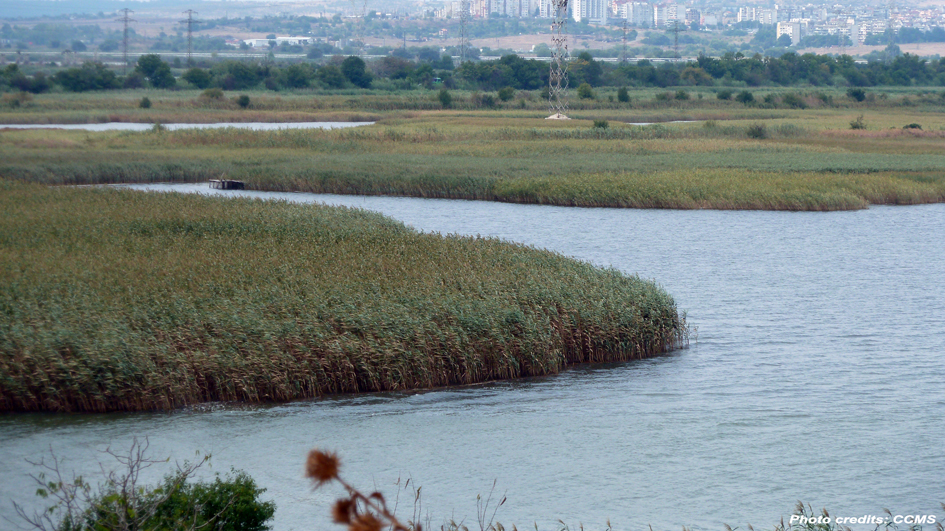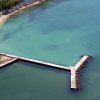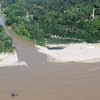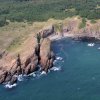Center for Coastal & Marine Studies
Using Policy as a Tool to support Conservation and Restoration of Coastal Blue Carbon Ecosystems
Recognizing that most environmental issues are best addressed through international cooperation, today there are a myriad of international policy processes meant to address the pressing challenges of climate change, biodiversity loss and sustainable development. The world of international policy – one of conference centres and country name plates; far away from mangrove forests – plays a key role in increasing global action to conserve and protect coastal blue carbon ecosystems. Within these international policy processes, such as the United Nations conventions on climate change and biodiversity, countries come together to set ambitious goals, take on-the-ground action at the national level, and share what they have achieved to date.
However, many of these policy processes were established decades ago, in isolation from each other, often making it difficult for countries to collaborate across their closely-related themes of climate change, biodiversity and sustainable development.
Launching community-led local development (CLLD) post-2020
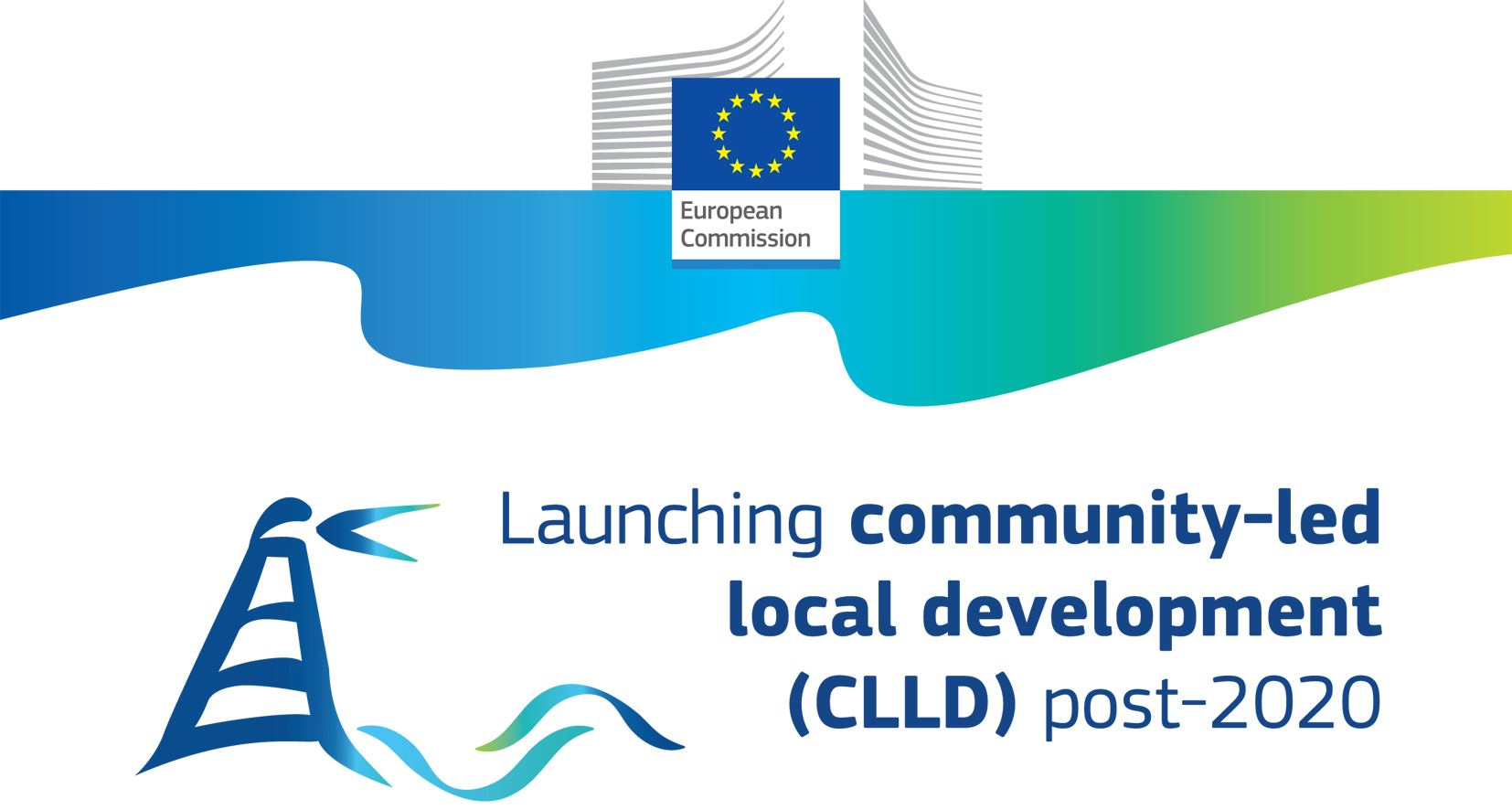
The European Commission, Directorate-General for Maritime Affairs and Fisheries (DG MARE) recently published new document: Launching community-led local development (CLLD) post-2020
CLLD or “community-led local development” is a bottom-up approach to socio-economic development that brings local people together to decide how they want to improve their area. They do so by setting up partnerships of civil society, businesses and public bodies, called Local Action Groups (LAGs) or, in the fisheries context, often called fisheries LAGs or “FLAGs”.
In 2014-2020, under the European Maritime and Fisheries Fund, CLLD was applied as an effective approach to addressing a range of challenges facing fisheries and aquaculture communities across the EU. Under the European Maritime, Fisheries and Aquaculture Fund (EMFAF), 2021-2027, coastal areas once again have the opportunity to launch – or re-launch – CLLD.
Read the full document here!
Originally published by the European Commission's Directorate General for Maritime Affairs and Fisheries: https://oceans-and-fisheries.ec.europa.eu/index_en.
UNESCO launches new State of the Ocean Report to monitor progress in meeting global goals
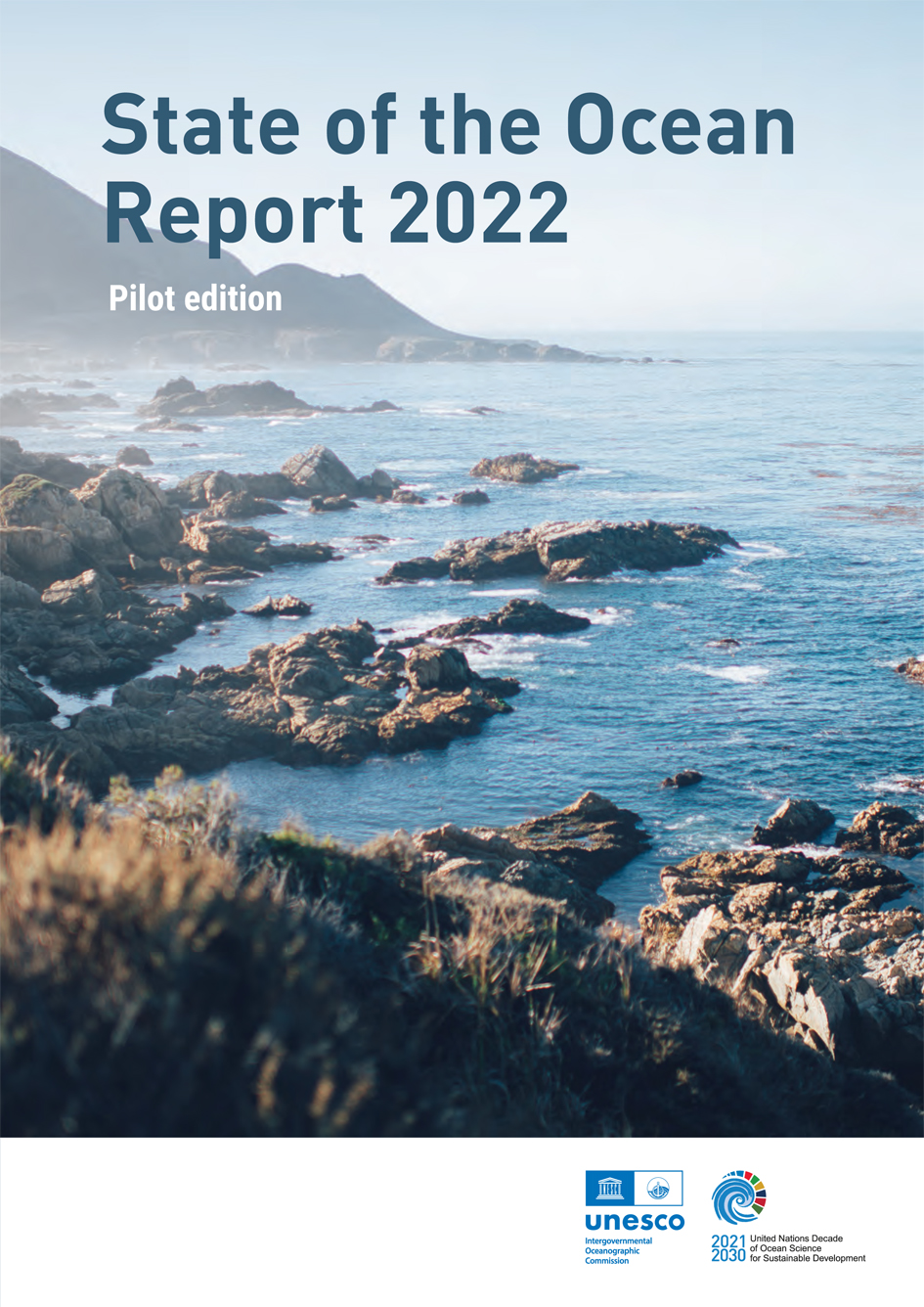
United Nations Educational, Scientific and Cultural Organization (UNESCO) launched a new flagship report entitled “State of the Ocean Report”, offering a brief, accessible, one-stop overview of the current state of the ocean, and to mobilize global society to act - and monitor progress - towards global goals.
This pilot edition of the State of the Ocean Report (StOR) was proposed and developed to demonstrate the feasibility of keeping the world up to date on the current state of the ocean. It is intended as complementary to other assessments such as the World Ocean Assessment and the reports of the Intergovernmental Panel on Climate Change (IPCC) and the Intergovernmental Science-Policy Platform on Biodiversity and Ecosystem Services (IPBES).
CCS July 2022 Newsletter published and ready for read!
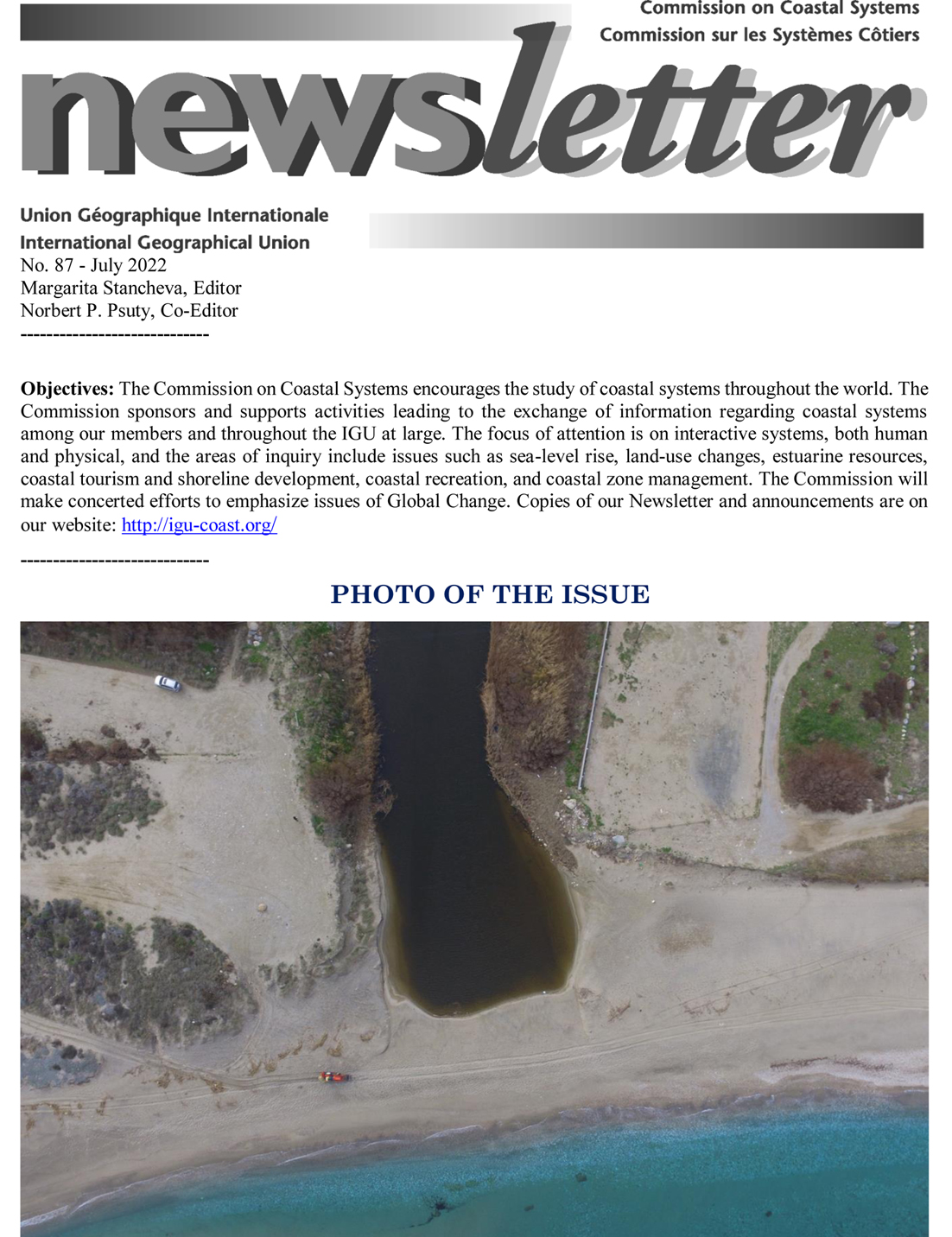
The Commission on Coastal Systems (CCS) to the International Geographical Union (IGU) is delighted to inspire you with July 2022 Newsletter: you can discover the latest news, CCS recent and upcoming activities, meetings and collaborations by following the CCS website: http://igu-coast.org/
The CCS Newsletter is issued twice a year and highlights the activities of the Commission on Coastal Systems and its members all across the world. If you would like to join CCS network, you only need to fill out the form at the end of the Newsletter or to get in contact with CCS!
Enjoy the content of CCS July 2022 Newsletter and participate by sharing information and disseminating it to your wide networks and interested readers. Please visit CCS website, join CCS coastal community, and share your exciting ideas and outcomes with CCS.
Commission on Coastal Systems, International Geographical Union
























